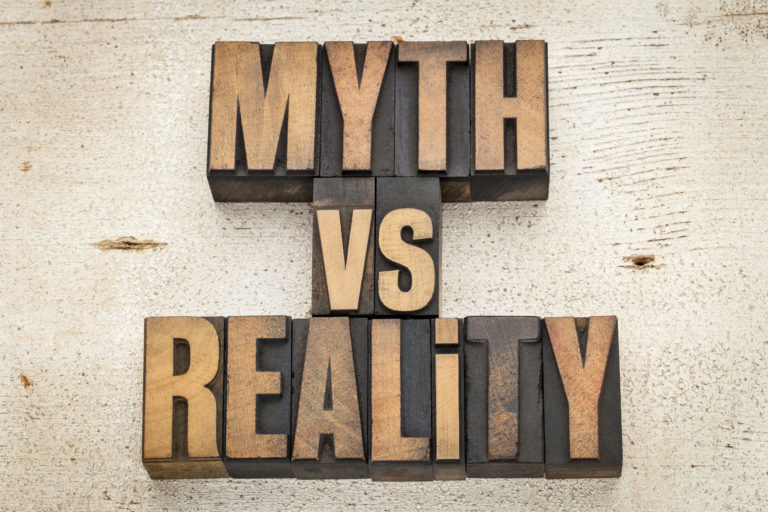
We understand more about lower back pain today than we have ever in the past. This applies to everything from diagnosis to treatment; however the general public perception about lower back pain remains largely unchanged from where it was a decade ago. Today lets discuss the most common misconceptions about back pain in hopes of getting past these outdated beliefs for a healthier 2019!
Myth 1: I have hurt my back and now require bed rest.
This is probably the worst possible thing you could do. Unless you have severely fractured your spine you need to avoid bed rest. The spine needs to move and changing positions frequently while working through basic ranges of motion will exponentially increase your recovery time. Now, obviously this doesn’t mean to continue doing squats and dead lifts while pushing through the pain. You need to use common sense. However, the idea of bed rest for back pain has long been extinct.
Myth 2: I have Arthritis in my back and nothing can change that.
There is no “cure” for Arthritis, this is true, and patients make a point to tell me this frequently. However, based on the current evidence, there is no way of knowing that arthritis is the direct cause of back pain. There are so many pain generating structures in the lower back and surrounding area that there is simply no way of drawing a direct correlation between degenerative changes in the spine being the only cause of someone’s back pain. Imaging studies have looked at the x-rays of people with arthritis and many people with arthritis have no back pain. Just because someone has x-ray’d your spine and it shows signs of “arthritis” do not fall victim to the belief that your back pain cannot be managed.
Myth 3: I should avoid activity until my back feels 100%.
Avoidance of activity is rarely beneficial. Activity modification on the other hand will definitely speed up your recovery. For example, you do not necessarily need to stop lifting weights, reducing the intensity/frequency or modifying your form/exercises can help you remain active while safely loading the spine. Often times consulting a health professional can help you design an active exercise plan that will help you recover from back pain.
Myth 4: I need an MRI to diagnose my back pain.
This is probably one of the number one things people with back pain tell me. An MRI is rarely necessary before starting physical therapy. You generally want to start physical therapy as soon as possible and waiting for an MRI should not be the priority unless severe neurological deficit has been identified. The MRI provides little value to the physical therapist in terms of finding the right exercises for you. For example, I base my treatment from the findings of my exam not the findings of the MRI. You can read more about this in a previous post here.
Bottom Line:
Research has shown that Your BELIEFS can strongly influence your back pain and your recovery, both positively and negatively. It is important to remember that MOST people experience back pain at least once in their lives, and MOST people recover just fine.
As always, if you have a concern or question about your back pain, Please stop by the clinic and speak to one of our experts.
Your spine is strong and resilient. Treat it that way!
Source:
Darlow B., Perry M., Stanley J., et al, A cross-sectional survey of attitudes and beliefs about back pain in New Zealand, BMJ Open 2014




